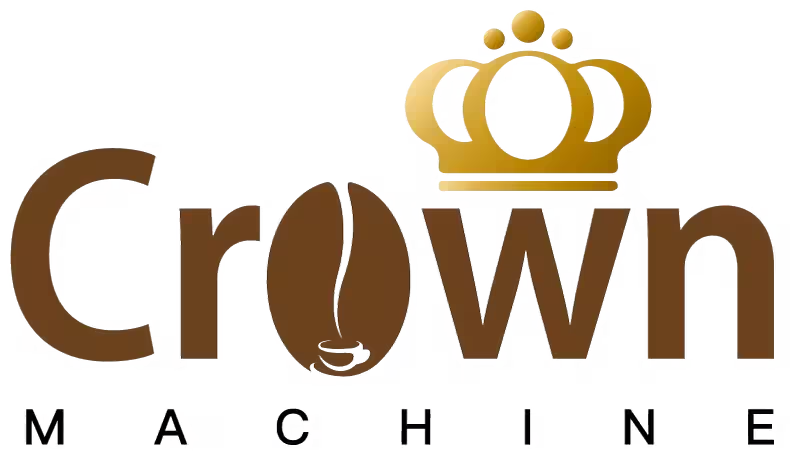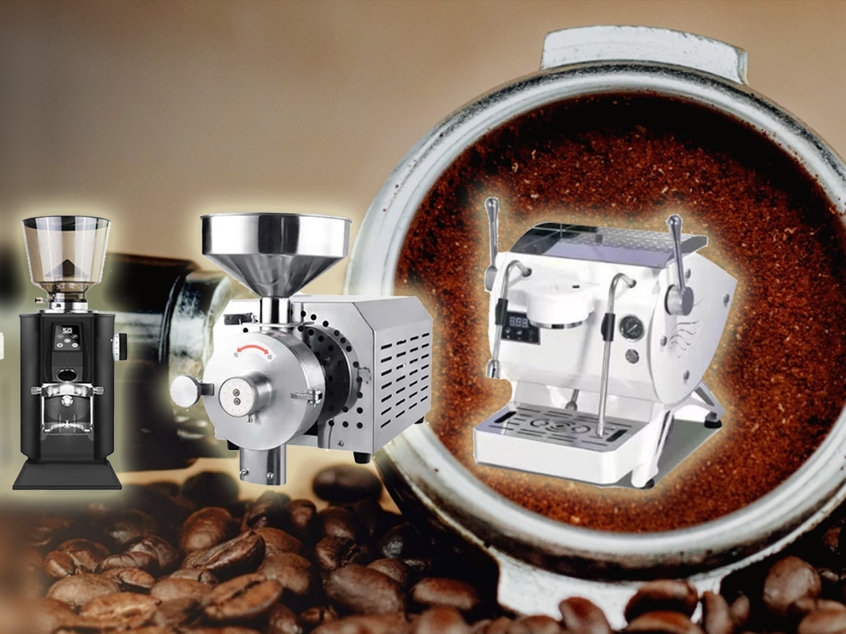The preheating technique and energy-saving method of coffee roaster directly affect roasting efficiency, energy consumption cost and coffee bean quality. The following three aspects of preheating skills, energy saving strategies, operation details, combined with practical cases and data explanation:
First, preheating skills: accurate temperature control and uniform heating
Stage preheating method
Preheating stage 1 (below 150°C) : Slow heating at low power to avoid local overheating of the boiler.
Preheating stage 2 (150°C-180°C) : Switch between medium and high power while turning on the stirring or tumbling function to ensure uniform temperature inside the drum.
Preheat stage 3 (target temperature ±5°C) : Switch to baking mode, fine-tune power to ±1°C accuracy, and stabilize for 3-5 minutes.
Case study: A commercial roaster uses three-stage preheating, reducing energy consumption by 12% and baking time by 5%.
Hot air recycling
Open the hot air circulation in the late preheating period (above 180°C), and use the residual temperature to preheat the silver skin collection system to reduce cold air inhalation during subsequent baking.
Data: Hot air circulation can reduce preheating energy consumption by 8%-15%.
Insulation layer optimization
Choose a double-layer insulation design or ceramic fiber insulation layer to reduce heat loss.
Comparison: under the same power, the preheating time is shortened by 20% for every 1cm increase in the thickness of the insulation layer.
Second, energy-saving strategy: reduce energy consumption and improve efficiency
Capacity matching and batch optimization
Avoid baking less than the minimum capacity of the equipment (such as 200g for 500g models), which will lead to a 30%-50% increase in unit energy consumption.
Recommendation: The amount of single baking is controlled at 60%-80% of the capacity of the equipment.
Heat recovery technology
Equipped with a heat exchanger or waste heat recovery system, the heat from the exhaust gas after baking is used to preheat the new batch.
Case: A brand of baking machine reduces overall energy consumption by 25% through heat recovery.
Intelligent temperature control and automation
Use PID temperature control system to adjust power in real time to avoid excessive heating.
Data: PID temperature control can control the temperature fluctuation within ±1°C, reducing energy consumption by 10%-18%.
Preheating time selection
Avoid preheating during the peak of electricity consumption, and use the peak-valley price difference to reduce costs.
Calculation: Night preheating (valley electricity) than daytime (peak electricity) saves about 40% of electricity bills.
Third, operation details: habits and maintenance
Cleaning and maintenance
Clean the carbon and silver inside the boiler regularly to avoid the increase of thermal resistance.
Impact: Carbon deposition can lead to a 15-20% decrease in thermal efficiency.
Preheating time control
Household minicomputer preheat 10-15 minutes, commercial machine preheat 20-30 minutes, to avoid excessive preheat waste of energy.
Note: The sign of preheating completion is that the temperature is stable at the target value of ±2°C, and no cold air is discharged from the drum.
Multiple batches of continuous baking
After preheating, continuous baking 2-3 batches, using waste heat to reduce the preheating energy consumption of subsequent batches.
Comparison: Continuous baking after a single preheat reduces energy consumption by 30% in the second batch and 50% in the third batch.
Fourth, equipment selection suggestions
Home: Preference is given to minicomputer with insulation layer and PID temperature control (such as 500g-1kg).
Commercial: Focus on heat recovery, automation and hot air circulation efficiency.
Energy Efficiency Certification: Select equipment with Energy Star or similar energy efficiency certification.
Fifth, common misunderstandings
Myth # 1: The longer it takes to warm up, the better
Fact: Excessive preheating results in wasted energy consumption and may accelerate equipment aging.
Myth # 2: Turn off preheating to save energy
Fact: Insufficient preheating can lead to uneven baking and increased energy consumption later.
Myth 3: All roasters preheat in the same way
Fact: Hot air and direct fire preheating logic is different, need targeted operation.
Through scientific preheating and energy-saving operation, the roasting cost can be significantly reduced, and the quality stability of coffee beans can be improved. You are advised to adjust the policy flexibly based on the device type and application scenario.


